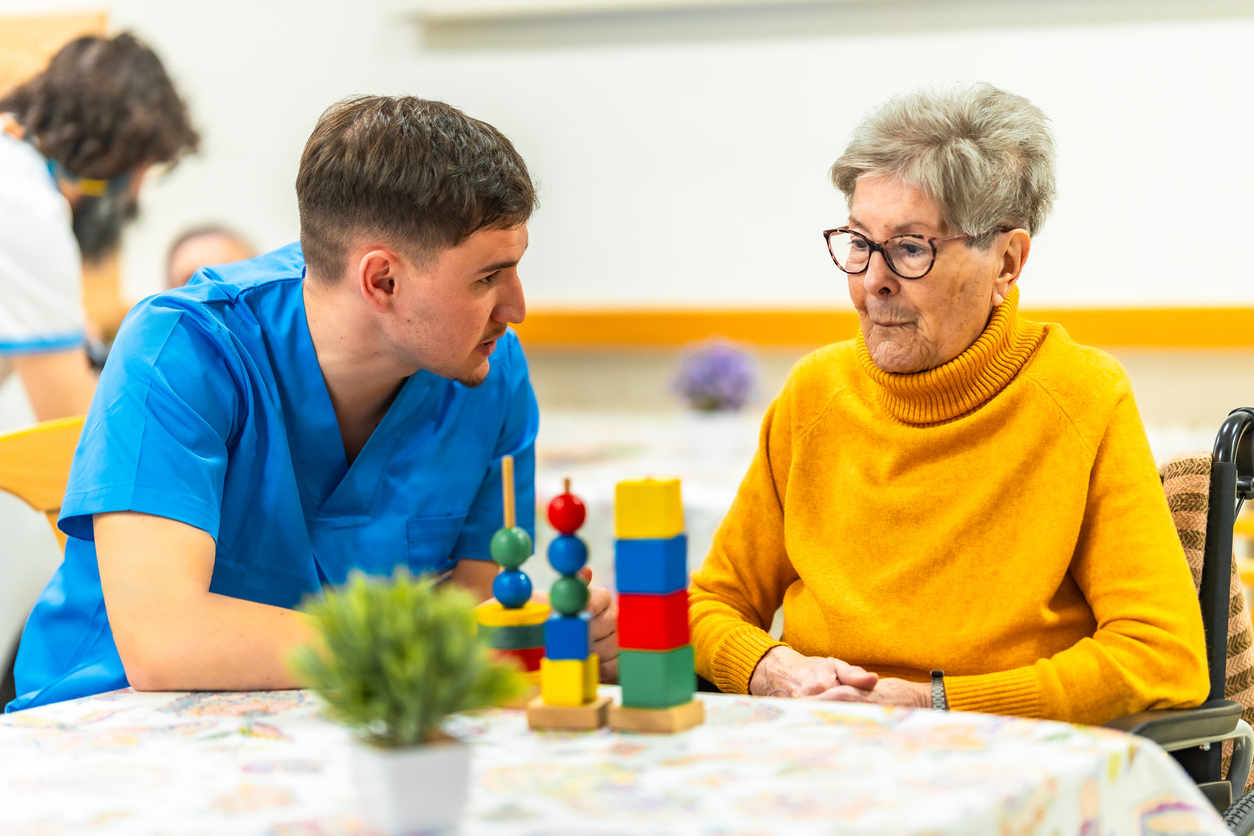Why Cleaning Your CPAP Matters
Keeping your CPAP clean is important for your health and for how well your therapy works.
Helps Avoid Sickness
Dirty CPAP parts can grow mold and bacteria, which might make you sick. Regular cleaning helps prevent this.
Better Sleep
A clean mask creates a better seal on your face, which means your therapy works better and you sleep better.
Healthier Breathing
A clean CPAP helps you breathe cleaner air. This means fewer germs getting into your lungs while you sleep.
Machine Works Better
A clean CPAP machine works better and lasts longer. Dirt and dust can damage your machine over time.
The few minutes you spend cleaning your CPAP helps you stay healthy and get better sleep. It’s worth the small effort to keep your breathing therapy working its best!
Temperature Warning
Never use hot water to clean your CPAP parts. Hot water can damage the plastic and cause the mask to lose its shape.
Time Saver
To save time, clean your mask while you’re getting ready in the morning. By the time you need it at night, it will be clean and dry!
Important Reminder
Check your manual for specific cleaning instructions. This guide gives general advice, but your machine may need special care.
DAILY Cleaning Steps
1
Unplug Your CPAP Machine
Start by unplugging your machine from the power outlet. This keeps you safe while cleaning.
2
Take Apart Your Mask
Gently take your mask apart. Most masks have 3 parts: the cushion (soft part that touches your face), frame, and headgear (straps).
3
Rinse with Clean Water
Rinse your mask cushion and tubing with clean, warm water to remove oils and residue from your skin.
- Use warm (not hot) water
- Focus on the cushion part that touches your face
4
Air Dry Completely
Let all parts air dry completely before putting them back together. Keep them out of direct sunlight. Make sure they’re totally dry before using again.
WEEKLY Cleaning Steps
1
Gather Your Supplies
You’ll need:
- Mild dish soap (free of scents, dyes, and moisturizers)
- Clean towel
- Sink or basin
- Clean, dry place for parts to air dry
2
Wash with Mild Soap
Fill a clean sink or basin with warm water and add a small amount of mild dish soap.
- Wash the mask cushion, frame, and headgear
- Wash the tubing inside and out
- Gently swish everything in the soapy water
3
Rinse Thoroughly
Rinse all parts very well with clean, warm water to remove all soap. Any soap left behind might irritate your skin or airway.
4
Clean Water Chamber
If your CPAP has a water chamber (humidifier):
- Empty any leftover water
- Wash with warm, soapy water
- Rinse very well’
- Let dry completely
5
Wipe Down Machine
Use a clean, slightly damp cloth to wipe down the outside of your CPAP machine. Make sure the machine stays unplugged during cleaning.
6
Air Dry Completely
Let all parts air dry completely before putting them back together and using again. Hang tubing over a shower rod or towel rack to let water drain.
HELPFUL TIPS
What NOT to Use
- Bleach, alcohol, or harsh cleaning products
- Scented soaps or those with moisturizers
- Antibacterial soaps (they can damage the mask)
- Vinegar solutions (unless your manual specifically allows it)
When to Replace Parts
Even with good cleaning, CPAP parts need replacing over time:
- Mask cushion: Every 1-3 months
- Mask frame: Every 3-6 months
- Headgear: Every 6 months
- Tubing: Every 3-6 months
- Filters: Check monthly, replace as needed
Special Cleaning Products
There are special CPAP cleaning products available, but simple soap and water works well for most people. If you want to try specialized cleaners:
- CPAP mask wipes for quick cleaning
- CPAP cleaning machines (ask your doctor if these are right for you)
- Special CPAP soap
Always check that any product is safe for your specific CPAP model.
Looking for dependable medical equipment and supplies?
Ozark’s Medical Equipment team provides expertly fitted diabetic shoes & custom insoles, plus oxygen therapy, CPAP machines, mobility aids, and more. We handle the prescriptions, insurance paperwork, and in‑home training, so you can focus on living safely and comfortably.



